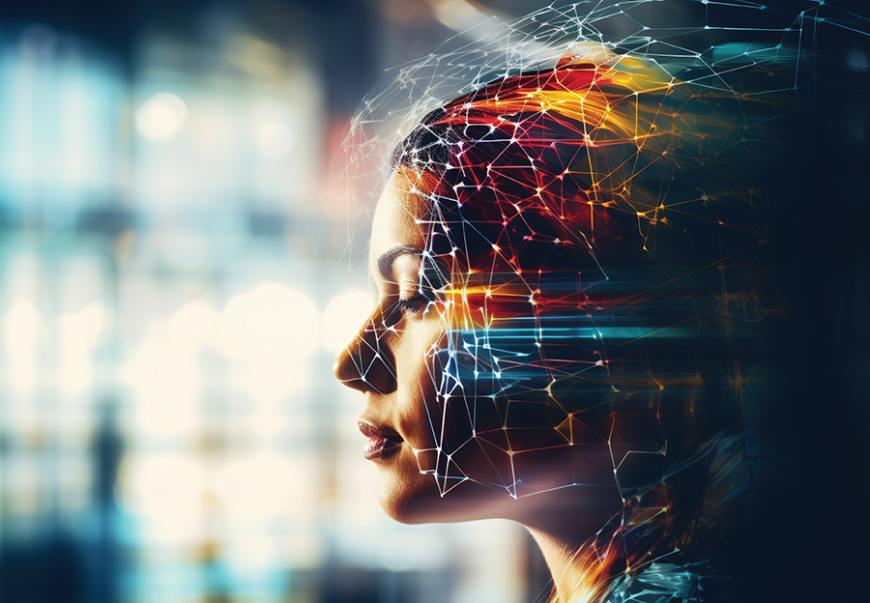Protecting Cognition: Background Paper on Neurotechnology

The Australian Human Rights Commission (Commission) is focusing on the rapid development of neurotechnology and how it may challenge human rights.
The Commission's research is aimed at considering, and highlighting, the human rights risks of neurotechnologies to understand where safeguards are needed most, to ensure ethical development and deployment.
Protecting Cognition: Background Paper on Neurotechnology and Human Rights (Background Paper) was informed by qualitative consultations with 47 participants, while a further 22 participants provided written feedback. Participants represented civil society, academia, regulators, law, industry and government.
The Background Paper represents an important first step in stimulating discussions and identifying gaps in the Australian response to neurotechnologies.
What is neurotechnology?
Neurotechnologies are devices and procedures which can access, monitor, record or manipulate brain data. The technology is either non-implantable (in a wearable form) or implantable via medical procedure.
This is done via a brain computer interface (BCI) which connects the brain to an external device (e.g. smartphone, computer). BCIs facilitate bi-directional communication between the brain and an external device – either transmitting neural data or possibly altering neural activity.
What are the human rights risks?
Although neurotechnologies may be beneficial, if not develop and deployed ethically - human rights risks will occur.
Although many human rights may be directly (or indirectly) challenged by neurotechnology, the Background Paper focuses on the three human rights which were repeatedly raised during consultations. In particular the rights to privacy, non-discrimination and freedom of thought are considered in detail.
The right to privacy is protected under article 17 of the International Covenant on Civil and Political Rights (ICCPR). Because neurotechnologies can collect sensitive neural information, there is a significant risk to privacy.
Article 18 of the ICCPR protects the right to freedom of thought - yet thought processes may be manipulated by neurotechnology.
The right to non-discrimination is protected under articles 2 and 25 of the Universal Declaration of Human Rights. If safeguards are not in place, the technology could develop biases which unduly impact certain groups.
People with disability
The Commission's research found that several applications of the technology created unique human rights risks.
In Australia there are 4.4 million people with disability, and many neurotechnologies focus on medical applications. Cochlear implants have been used to restore functional hearing to an estimated 1 million people worldwide.
Yet the implantation, or use, of neurotechnologies may unduly impact the human rights of people with disability under the Convention on the Rights of People with Disability. For example, there are no robust protections in place when people with disability's implants are decommissioned or made redundant.
Young people and children
Young people and children may be especially vulnerable to any side effects of long‑term use of neurotechnologies as their minds are still developing.
The best interests of children must be central when developing and deploying neurotechnology, in alignment with article 3 of the Convention on the Rights of the Child.
Other applications
Immersive technologies, military applications and the use of neurotechnologies in the criminal justice system are also considered within the Background Paper.
